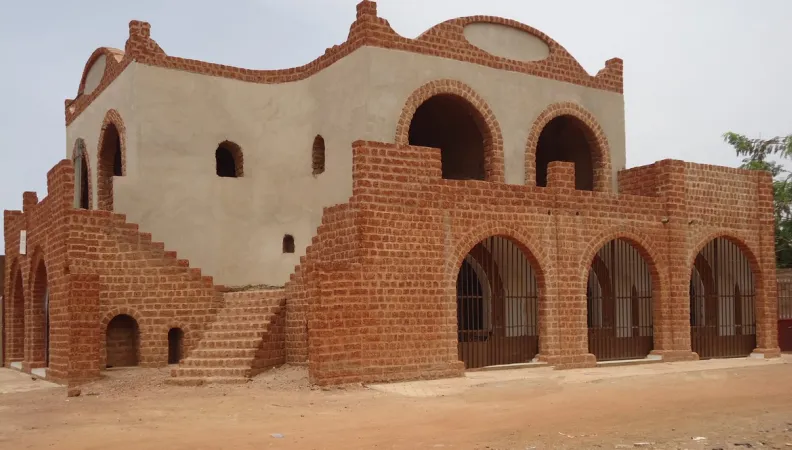Share the page
The energy transition: what are the alternatives to air conditioning?
Published on

Air conditioning systems are energy-intensive and are also highly polluting. AFD is exploring and supporting alternative solutions for hospitals, schools, and homes to build a more energy-efficient, equitable, and climate-resilient future.
With heat waves becoming more frequent, the use of air conditioning is gradually becoming the norm. However, air conditioning creates a vicious circle: it increases demand for energy (which mostly comes from fossil fuels), expels heat outside, and relies on refrigerant gases with high global warming potential. According to the International Energy Agency, two billion people worldwide currently have air conditioning units, and demand could triple by 2030. To help develop cooling systems without accelerating global warming, AFD supports sustainable projects around the world.
Recommending energy-efficient measures in Argentina
In the province of Córdoba, nurses sometimes have to take their own fans to the hospital. This is a common issue in certain public facilities, with caregivers and patients often suffering from the heat. The PEEB (Program for Energy Efficiency in Buildings) team at AFD is implementing an Energy Improvement Program to ensure the hospitals in this province operate in a sustainable and inclusive way. The aim is to improve thermal comfort while reducing air conditioning use.
“Air conditioning is essential in hospitals,” says José Lopez, co-secretary of the PEEB. "However, increased levels of refrigerant gas, with very high global warming potential (up to 2,000 times higher than CO2) in the atmosphere, and the higher energy demand associated with the use of air conditioners, are forcing us to look for other solutions. PEEB has opted to reduce air conditioning use through passive measures such as insulating the roof and replacing windows, as well as using modern equipment that is more energy-efficient and the least polluting possible."
A lesson in cooling
In schools in the province of Santa Fe, trials of so-called low-tech solutions are underway as part of the Energy Improvement Program for Sustainable and Inclusive Buildings (Meesi in Spanish). According to Silvia Puddu, Program Officer for the PEEB Cool program, “by insulating the roof and walls, replacing the windows, and installing centralized mechanical ventilation systems, students enjoy thermal comfort 95% of the time without air conditioning, compared to 30% of the time previously.”
“This type of approach ensures continuity of services while significantly reducing the building's carbon footprint,” adds Silvia Puddu. “We are testing the resilience and thermal comfort of our facilities, using temperature projections for 2050.This is not just a technical project; it's a project for the future with major social implications.”
Under the vault, a new solution
In the Sahel, AFD is helping to raise awareness about a construction technique using earth, dubbed the “Nubian Vault” concept and promoted by the association of the same name. These houses have a high thermal mass and can maintain temperatures up to 6°C lower than outside during the day, without consuming any energy.
“A Nubian Vault house does not use air conditioning or any concrete, but provides optimal thermal comfort,” says Rémi Lafond, Program Officer of the PEEB Cool program. It's a solution that combines adaptation, mitigation, and local development, all at the same time. While offering environmental benefits, the construction of these buildings also helps create local jobs, uses locally-sourced materials, and minimizes emissions associated with the transport and industrial production of building materials.” So, alternative cooling systems are already a reality.
And what about in the future?
“Believing that air conditioning will solve the problem of global warming is wishful thinking,” says Nicolas Guichard, Head of AFD's Energy Division. “We need a sustainable strategy, that can be adapted and differentiated according to various uses. In other words, we cannot remove air conditioning from places where it is vitally needed, like in hospitals, daycare centers, and retirement homes, for example. However, increasing its use everywhere is counterproductive.”
New and innovative alternatives will be developed in the future. For example, in Madagascar, AFD is studying the use conditions for a system that relies on solar power to provide air conditioning during the day and uses stored ice for cooling at night. These types of solutions are particularly promising for remote areas without access to a power grid.
